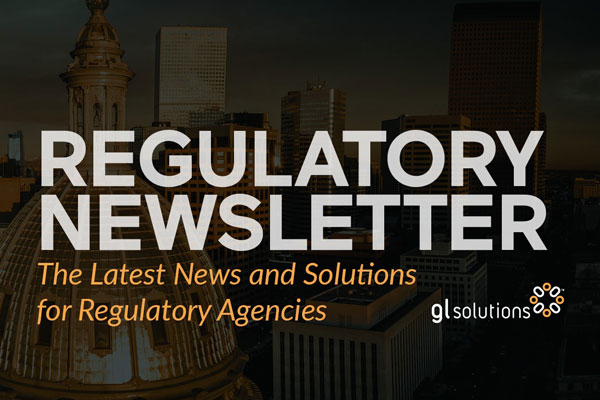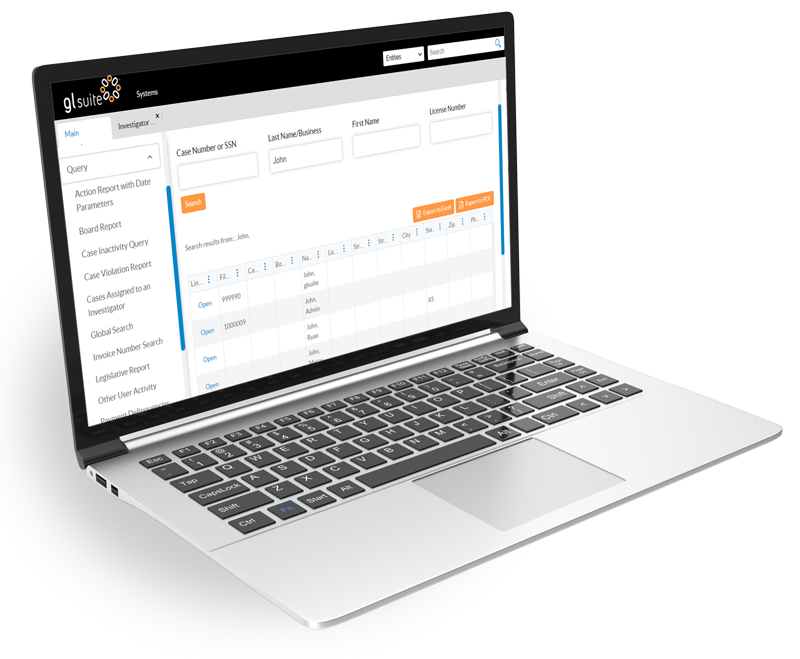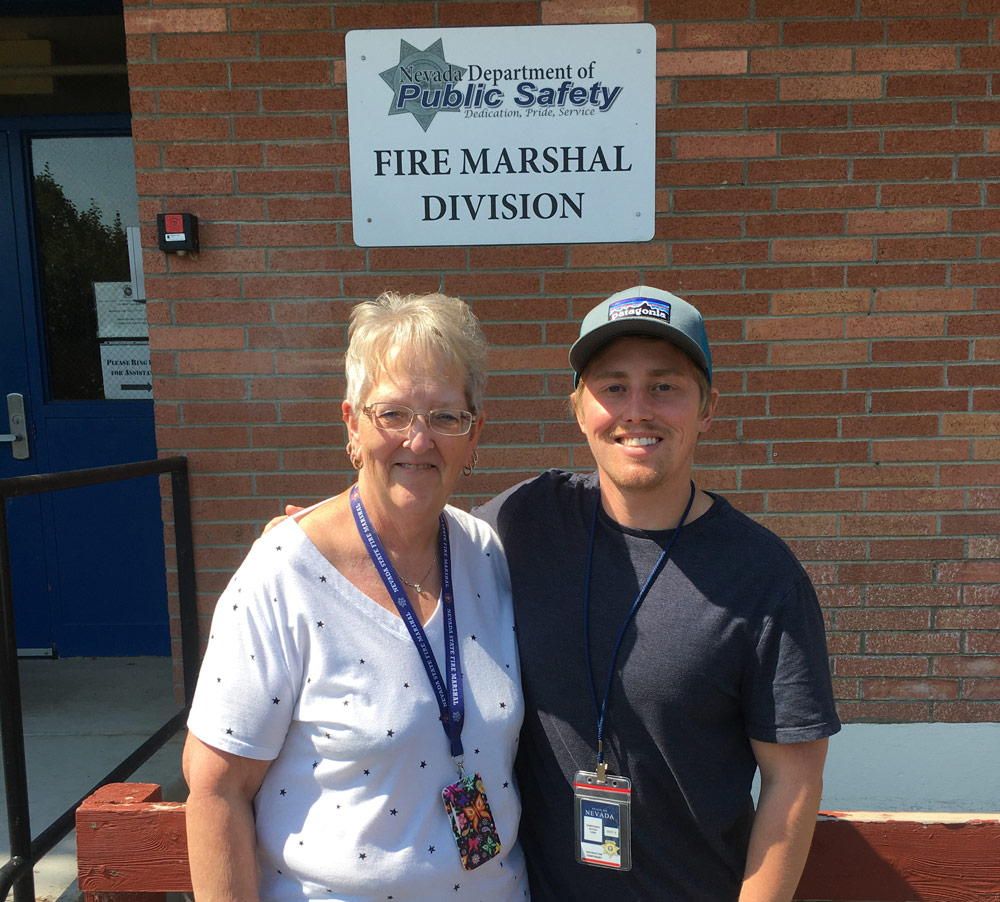Phase 3 focuses on your external stakeholders—the customers, constituencies, businesses and organizations that your regulatory agency serves.
Managing change effectively happens only with a solid understanding of the customer storyline:
- Who are your average customers (businesses vs. individuals; professionals vs. public; educational level; etc.)?
- What are your customers’ primary needs?
- What do the customer journeys at your agency look like step by step?
- How long is the typical customer timeline (and is this length acceptable)?
From here, identify what your end users need in terms of accessibility along with any efficiency or process hurdles holding you back.




